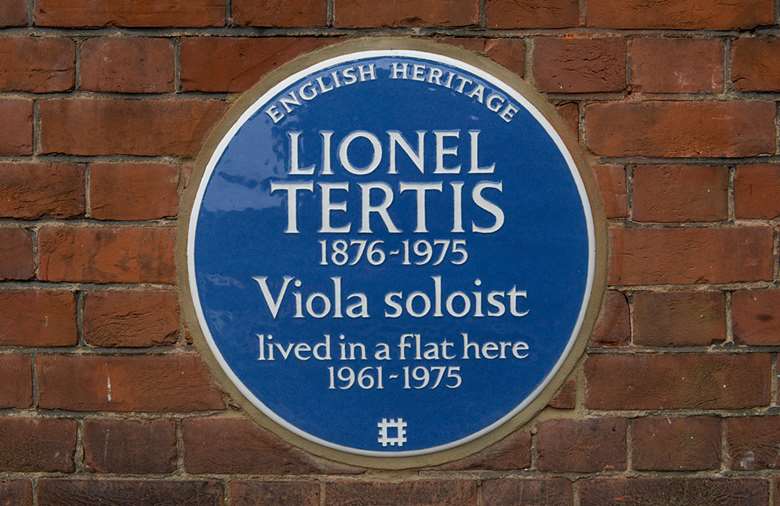Lionel Tertis honoured with English Heritage blue plaque
Gramophone
Friday, May 15, 2015
The plaque graces the front of the viola player's former flat in Wimbledon

Register now to continue reading
Thanks for exploring the Gramophone website. Sign up for a free account today to enjoy the following benefits:
- Free access to 3 subscriber-only articles per month
- Unlimited access to our news, podcasts and awards pages
- Free weekly email newsletter







